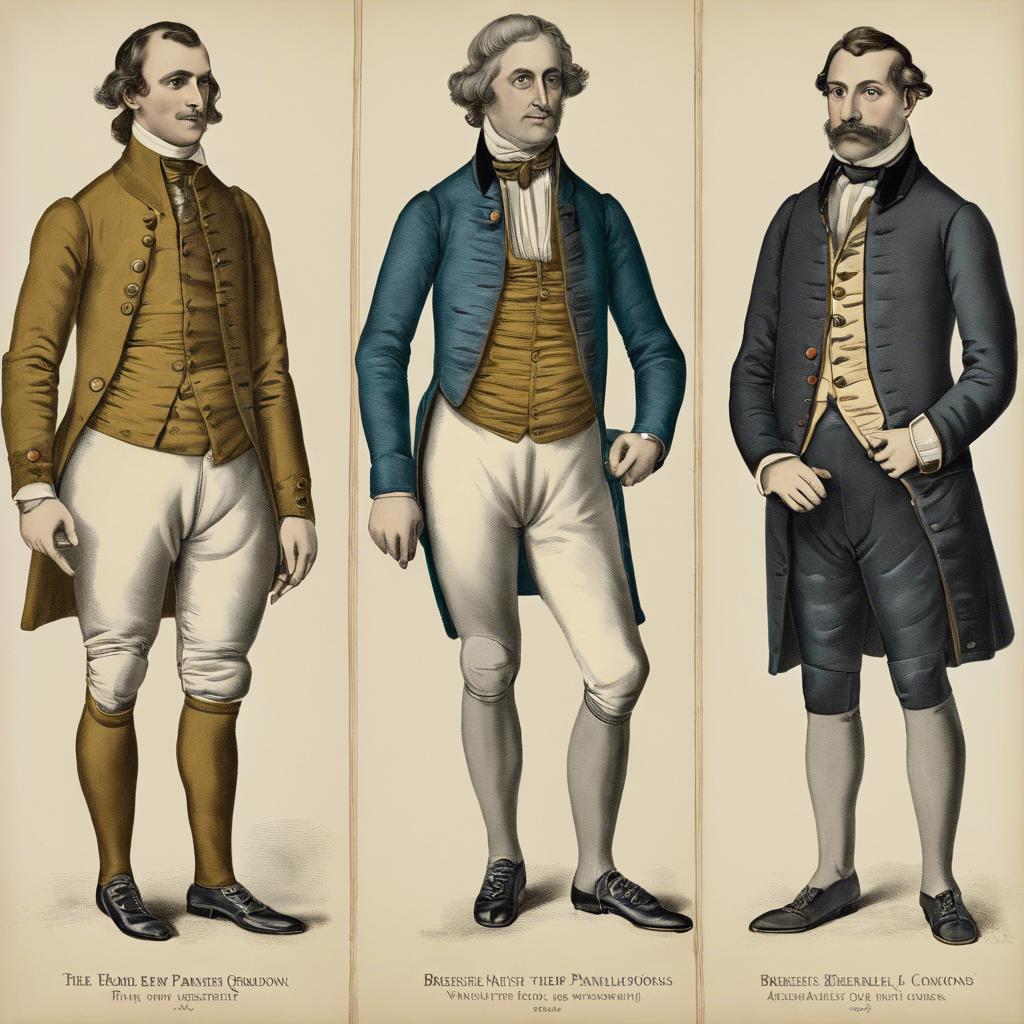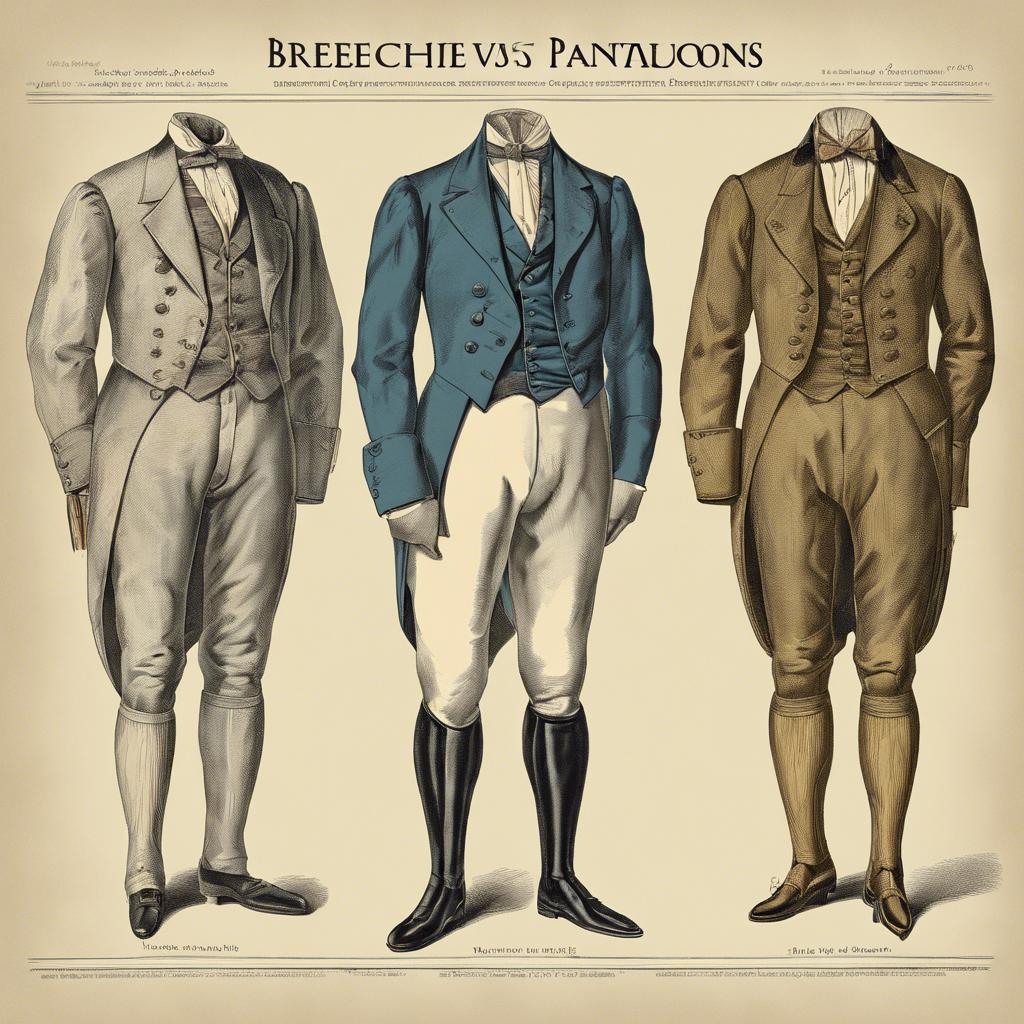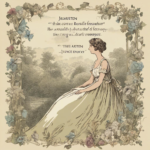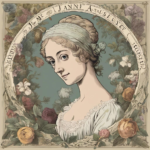In the realm of historical fashion, the debate between breeches and pantaloons has long been a topic of discussion among sartorial enthusiasts. Both styles have played significant roles in the evolution of menswear, each embodying distinct characteristics and cultural connotations. From the elegant sophistication of breeches favored by the aristocracy to the more practical and relaxed nature of pantaloons embraced by the working class, these garments have left an enduring legacy on the history of fashion. In this article, we will delve into the origins, differences, and cultural significance of breeches and pantaloons, shedding light on the enduring debate between these two iconic styles.
Step Into the World of Cheryl Bolen
Dive into the enchanting stories of love, intrigue, and elegance set in the Regency Era. Cheryl Bolen's novels offer timeless romance and captivating tales that will leave you wanting more.
Explore Cheryl Bolen's Books Now
Evolution of Mens Lower Body Garments: From Breeches to Pantaloons
The transition from breeches to pantaloons marked a significant shift in men’s lower body garments throughout history. Breeches, which were typically worn by men in the 16th and 17th centuries, were tight-fitting pants that stopped at or just below the knee. Made of materials like wool or silk, breeches were commonly worn with stockings and a long coat. The style was popular among European nobility and was seen as a symbol of wealth and status.
On the other hand, pantaloons emerged in the early 19th century as a more relaxed and comfortable alternative to breeches. Pantaloons were slightly looser trousers that extended all the way down to the ankle, often accompanied by a high waist and suspenders. This new style quickly gained popularity among men of various social classes, as it allowed for more freedom of movement and was considered more practical for everyday wear.
While both breeches and pantaloons have played a role in shaping men’s fashion over the centuries, the evolution towards pantaloons marked a shift towards more casual and practical attire. The transition from the tight-fitting and formal breeches to the looser and more versatile pantaloons reflected changing social attitudes and preferences towards clothing. Ultimately, the evolution from breeches to pantaloons highlights the ever-changing nature of fashion and the influence of societal trends on clothing styles.
Key Differences Between Breeches and Pantaloons: Fabric, Fit, and Function
In the realm of historical fashion, the distinction between breeches and pantaloons lies in their fabric, fit, and function. Breeches, typically made of sturdy wool or linen, were tailored to fit snugly from the waist to the knee, where they would end just below the knee. Their form-fitting design allowed for ease of movement, making them a popular choice for equestrians and men of high society in the 18th and 19th centuries.
Contrastingly, pantaloons, often crafted from lightweight cotton or silk, were characterized by their loose, voluminous cut that extended from the waist to the ankle. This style of trousers was favored by fashionable gentlemen in the early 19th century and provided a more comfortable and relaxed silhouette compared to breeches. The extra fabric allowed for airflow and flexibility, making pantaloons a practical choice for warm weather or casual wear.
In terms of function, breeches were considered more formal and traditional, worn for occasions such as court functions, hunting, or military dress. On the other hand, pantaloons were seen as a fashionable alternative for everyday wear or leisure activities, offering a more modern and comfortable option for men seeking a stylish yet practical wardrobe choice. Ultimately, the choice between breeches and pantaloons boiled down to personal preference and the specific social context in which the garments were worn.
Choosing the Right Style: Factors to Consider When Deciding Between Breeches and Pantaloons
When it comes to choosing the right style for your outfit, there are several factors to consider between breeches and pantaloons. Both of these historical garments have their own unique features and benefits, so it’s important to weigh your options carefully before making a decision.
One of the key factors to consider when deciding between breeches and pantaloons is the overall look and feel you are trying to achieve. Breeches, with their snug fit and knee-length style, are perfect for a more polished and formal appearance. On the other hand, pantaloons, with their loose and flowing design, offer a more relaxed and casual vibe. Consider the occasion and the image you want to portray when choosing between these two styles.
Another important factor to keep in mind is comfort and practicality. Breeches, while stylish, can be restrictive in movement due to their tight fit. Pantaloons, with their loose and airy construction, offer more freedom of movement and are ideal for activities that require agility. Think about how you will be using the garment and choose the style that best suits your needs.
Stay True to Tradition or Embrace Modern Trends: Making the Best Wardrobe Choice for Your Needs
In the realm of historical fashion, the debate between breeches and pantaloons has long been a topic of contention among stylish gentlemen. Breeches, with their form-fitting design that ends just below the knee, have been a staple of traditional menswear for centuries. On the other hand, pantaloons, with their loose and flowing silhouette that extends all the way to the ankles, represent a more modern approach to dressing.
Breeches:
- Popular choice among aristocrats and noblemen
- Typically made of luxurious fabrics such as silk or wool
- Can be paired with stockings and buckled shoes for a classic look
Pantaloons:
- Gained popularity during the Romantic era
- Offer a more relaxed and comfortable fit
- Perfect for those who prefer a more casual and contemporary style
While both breeches and pantaloons have their own unique charm and appeal, the choice between the two ultimately boils down to personal preference and the occasion at hand. Whether you choose to stay true to tradition with breeches or embrace modern trends with pantaloons, the most important thing is to feel confident and comfortable in your outfit. After all, true style transcends time and trends.
Concluding Remarks
the debate between breeches and pantaloons has been ongoing for centuries, reflecting changing fashions and social attitudes. While breeches have a long history as a traditional garment with deep symbolic significance, pantaloons emerged as a more practical and comfortable alternative in the modern era. Ultimately, the choice between breeches and pantaloons is a matter of personal preference and style, but understanding the historical context and significance of each garment can enrich our appreciation for the sartorial traditions of the past. As we continue to navigate the ever-evolving landscape of fashion, may we remember the legacy of both breeches and pantaloons, and the stories they tell about our shared history.


